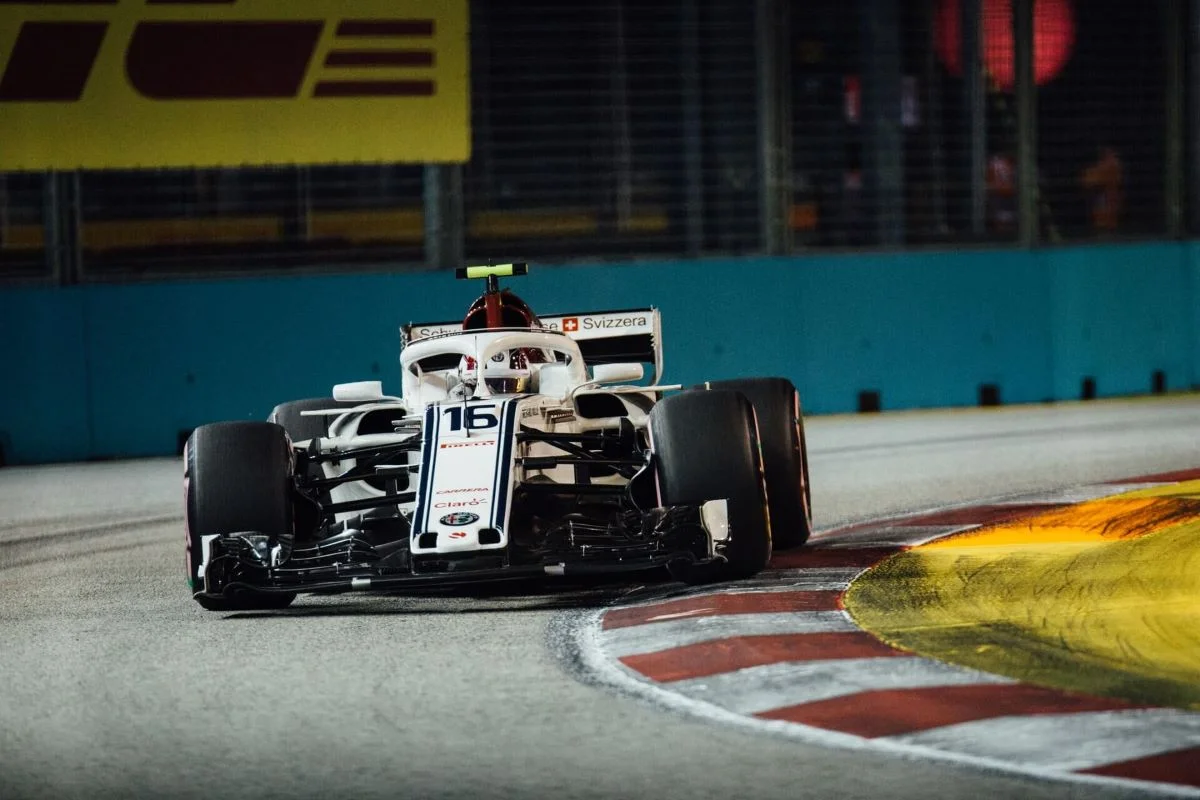Motorsport is and can be dangerous.
Anyone who has been around the sport will know that high-speed racing is naturally one of the most dangerous competitive sports out there. After all, it’s a bunch of guys on top of metal behemoths that are going above 100mph. The racers are barely covered by any protective material and let’s face it, no amount of clothing would be able to protect your body from a fiery death caused by a motor crash and thousands of pounds of metal piercing every fiber of your being.
Too gory? My bad. Let’s just say that motorsport is a little bit less horrific than the gladiator fights in times past.
Motorsport is dangerous and that element of it will never disappear. While there may have been efforts to reduce the risk, the chances of an accident causing serious injury or worse vary dramatically. In this article, we will be talking about the changes that the governing body of motorsport has made to make the sport a little bit safer for everyone else.
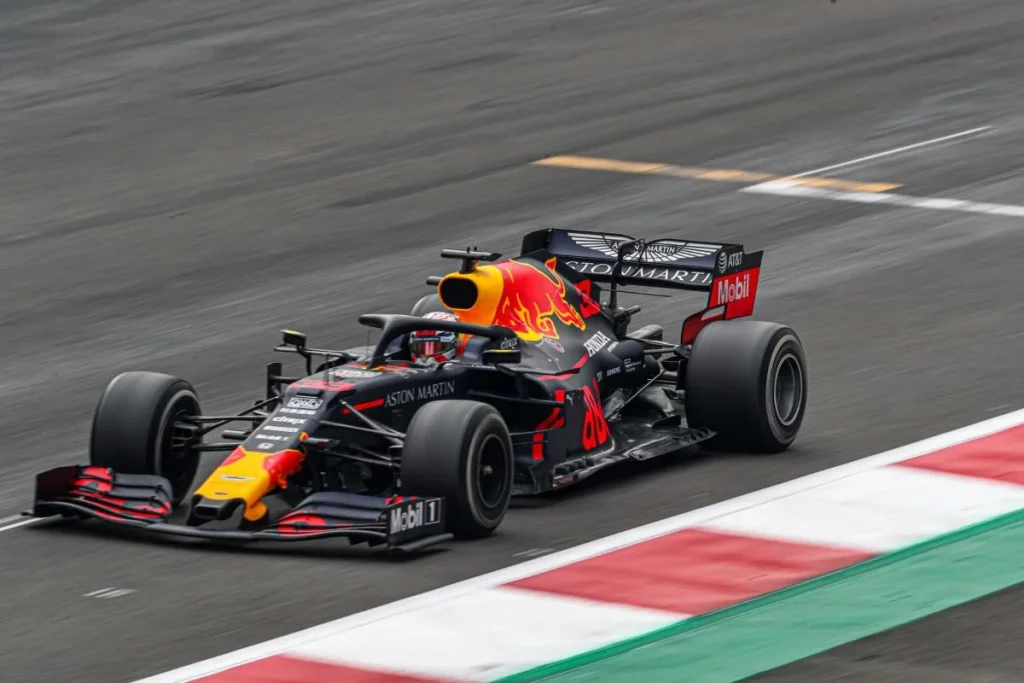
Meet the FIA
The Federation Internationale de l’Automobile, or better known as the FIA, is the governing body for many auto racing events, such as the well-known Formula One.
Established on June 20, 1904, the organization represents the interests of motoring organizations and motor car users. These days, the main concern of the FIA is to promote road safety around the world. With 246 member organizations in 145 countries worldwide, the FIA is in charge of ensuring that the entire racing world is running smoothly.
Steps the Fia Took to Improve Safety
That said, here are some of the steps that the FIA took to improve safety not only in races but also in general road safety.
Crash Structures
The primary safety defense of the driver revolves around the safety structures built around the car, from the monocoque itself and the roll structures to the front/side/rear impact structures bolted around the car. Over the years, the survival cell has been continuously upgraded in order to increase the survival rates of the drivers should a crash occur.
Some of the features of the improved crash structures include greater load and impact testing, anti-intrusion side panels, and most recently, HALO.
The crash structures and subsequent impact testing that they have to go through have been part of the sign-off for every new F1 car for decades.
F1 Halo
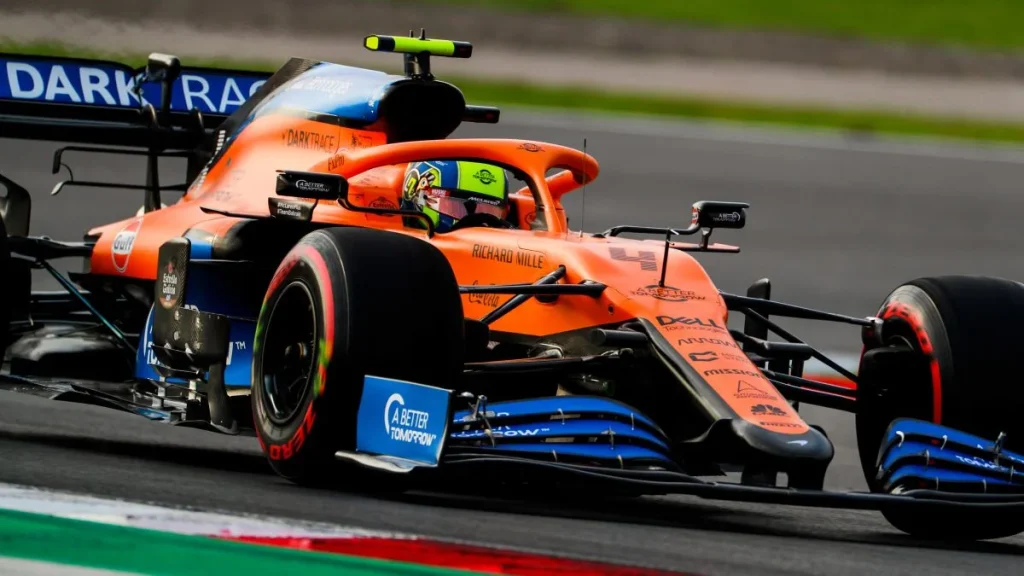
photo from topgear.com
First introduced in 2018, the halo is a strong piece of protective equipment that is placed and fitted above a driver’s head in the cockpit. The design was made to stop or deflect large pieces of debris, such as trackside barriers or wheels from another vehicle, from entering into the cockpit.
The introduction of the halo was controversial at first. While no doubt the safety benefits were apparent, the aesthetics were, shall I say, quite questionable. The FIA attempted to use a transparent cockpit shield was seen as an alternative but the majority of drivers complained that it blurred the images, made them dizzy after just one lap, and increased the temperature in the cockpit.
Eventually, people got over the aesthetics of the halo and admitted that it was, in fact, the only device that could deflect an entire wheel thrown at it. Multiple drivers such as Charles Leclerc and Romain Grosjean, have been saved from injuries because of the halo. And much like what happened with Lewis Hamilton last week in the Italian Grand Prix, the halo lessened the impact he would get from Max Verstappen’s car landing on his head. In what could have been a very very bad incident, he only came out with a sore neck.
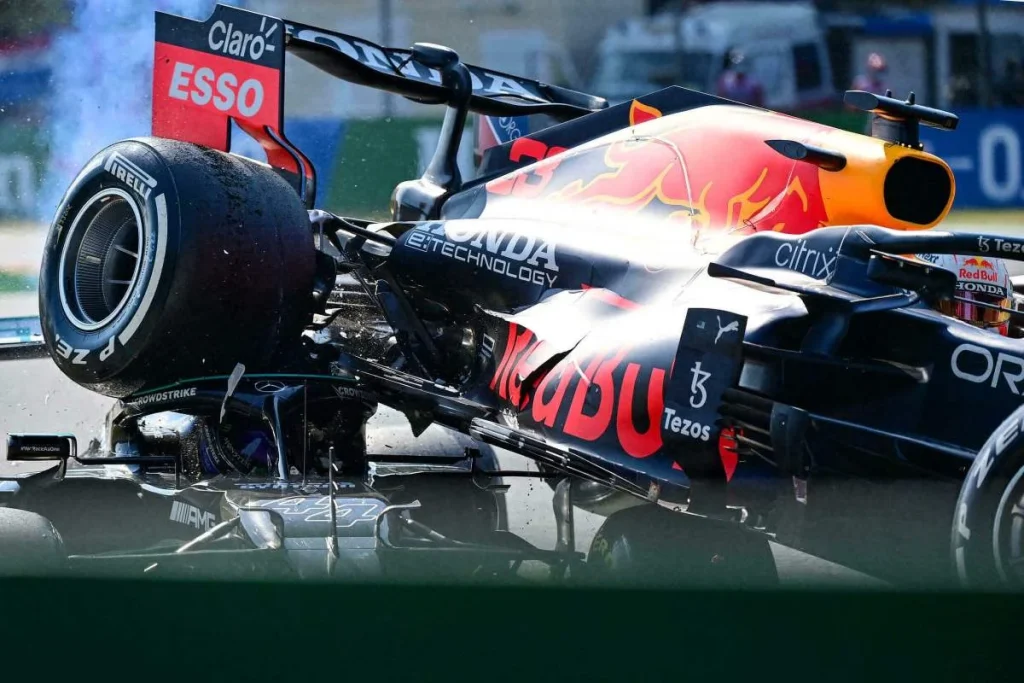
photo from france24.com
Harnesses
Harnesses are basically just seatbelts on steroids. Their goal is to literally hold you in place while the drivers traverse in crazy amounts of speed and G-Force. To put this into perspective, F1 drivers experience 5 Gs of force when breaking. Astronauts only experience 3 Gs of force when launching from Earth into space. For drivers, racing harnesses may seem just like another obligatory safety measure but to get to the top of the game, you’ll eventually have to figure out which one works best for you.
Configuration, design, and ease of use all play a huge role in our ability to choose a harness and there are a number of options out there to consider when you’re looking to buy racing harnesses. There’s the question of using a 5-point or 6-point harness where the 5-point design utilizes a single sub bet and the 6-point harness uses two sub belts that meet with the camlock, which is where all the connectors meet, in more of a diagonal pattern. Then there’s the question of belt width, where the most common options for shoulder belt width are 2”,3’, or 3.2”. Other widths come through special orders.
Whatever you choose make sure that you’re going to be comfortable in it for the next couple of hours.
Wheel Tethers
F1 first introduced wheel tethers in 1998 to prevent tires from flying off a crashed car and causing more damage to the neighbors. It didn’t seem to be working so in 2011, the FIA decided to implement a second wheel tether to improve the safety of the drivers and then went even further in 2018 by implementing a third.
The wheel teeth in F1 is made of something called Zylon fibers, which are lightweight substances that are resistant to high temperatures and should, theoretically be able to withstand very strong forces. A single tether can hold the weight of nine F1 cars with each tire being connected through three tethers.
Fire Proof Suits
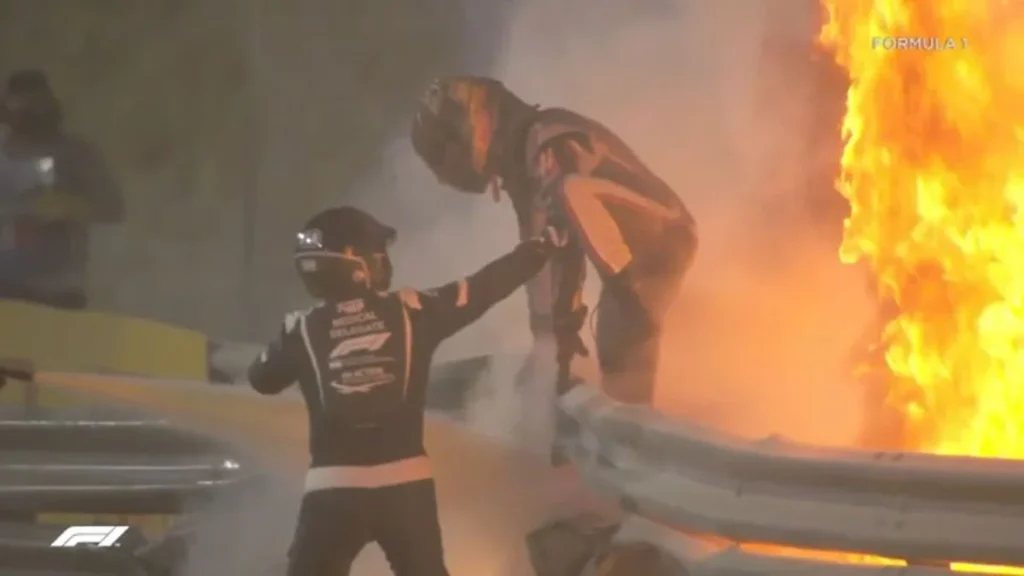
photo from abc7.com
Fireproof suits, racing suits, or racing overalls, all refer to the same thing: the clothing that an F1 racer wears on race day. In the early days of the sport, racing series had no mandated uniforms but that all changed in the 1950s and 1960s when specialized racing suits were designed to optimize driver temperature via heat transfer and later to protect drivers from fires in a crash. In what would have been a life-ending crash in the Sakhir Grand Prix back in late 2020, Romain Grosjean only came out with burns on his hands after his fuel tank burst after crashing and set out a huge fire.
The suits of today often use Nomex, which is a material developed in the 1960s – around the time fire suits first emerged. Another cool thing about the suits is the acres of free real estate. Because of their rather lack of design, sponsors, and advertisers took this opportunity to place their logos and commercials on top of the suits – leading to the multi-branded design of the suits we often see in F1 racing today.
Tire Compounds
Of course, Formula 1 has tons of options when it comes to fresh tires.
For the 2021 season, F1 cars will use seven tire compounds, including five slick compounds for dry tracks and two rain compounds for use in wet tracks. The main difference in these tire compounds comes in the form of varying levels of rubber hardness.
One of the most well-known tire manufacturers for F1, Pirelli, brings to each race three different tire compounds from its own supply of five dry-track slicks. Each of these compounds’ labels ranges from C1 to c5, with C1 being the hardest and C5 being the softest. These tires are lined with different materials. One, in particular, is Kevlar. They are lined and strengthened with different materials to ensure safety even when the drivers are pushing the tires to the limit.
If you’ve heard of Goodyear (and you probably have), you’ll know that they were the first introducers of slick tires in F1, followed by Bridgestone who joined Goodyear as an F1 tire supplier the following year. Pirelli, as I mentioned earlier, has been supplying tires for the series on and off since 1950 and returned in 2011, where it has been the sole tire supplier to the series ever since.
Banning of Refueling
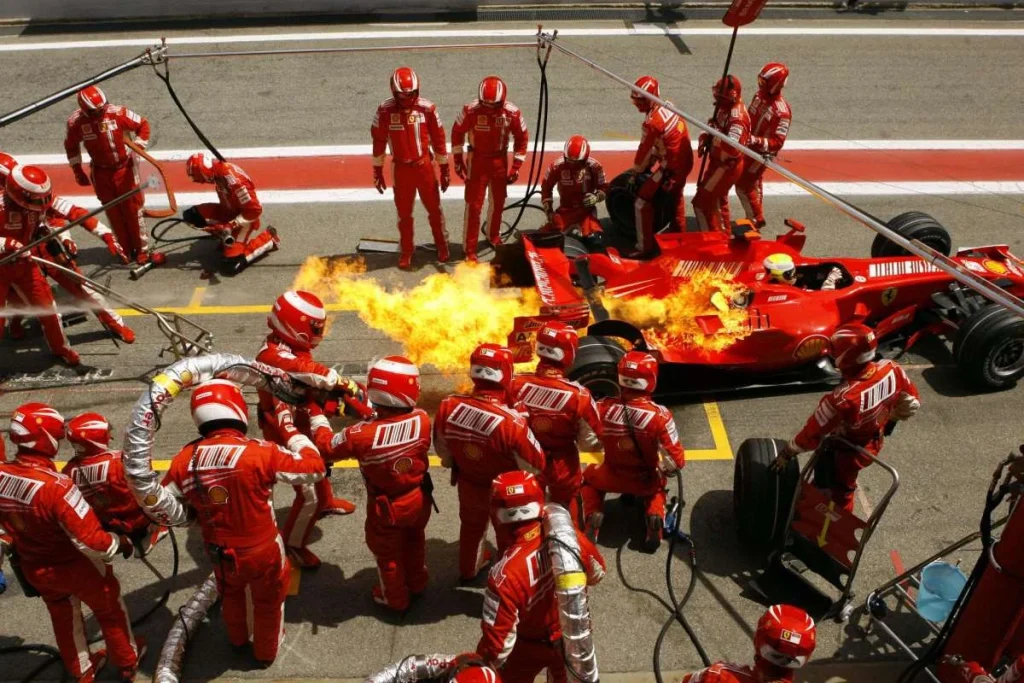
photo from bleacherreport.com
Perhaps one of the biggest changes to come to Formula One. The FIA banned refueling in cars despite safety concerns. Logically speaking, a car starting a Grand Prix with only 35 liters on board is less likely to suffer a serious fire in the event of a crash rather than a car with 150+ liters of fuel onboard. But, due to fires starting out when refueling the car in the pitlane and in the advent of human error, it was banned.
This is all great and all and there’s been a lot of talk about safety improvements in the Motorsport scene. I think that it’s great the FIA is giving a lot of importance to safety in the same way that Crown Asia does here in the Philippines. Crown Asia is a leading home developer and continues to be a pioneer in home safety and land development, with houses for sale and lots for rent that are complete with security features and property management.
Like F1, we attempt to ensure the safety of everyone living within our communities.
Brief background on fatalities in F1
Unfortunately, despite all the safety measures that F1 places, there are unfortunate deaths that take place. In the following section, we visit these various deaths and go over the changes that were implemented in light of them.
Jules Bianchi
One of the more recent deaths to occur, Jules Bianchi passed 9 months after an accident occurring at the 2015 Japanese Grand Prix. At the age of 25, the driver’s fatality was the first death since Aryton Senna in 1993.
So what happened?
During a yellow flag, Bianchi slid off the track at high speed and ran under a crane vehicle that was removing another car from the track after an accident. Unfortunately, the accident led to severe brain damage for Bianchi and he never regained consciousness.
In light of his death, the Grand Prix Driver’s Association gave their statement “It is at times like this that we are brutally reminded of how dangerous racing still remains. Despite considerable improvements, we, the Grand Prix drivers, owe it to the racing community, to the lost ones, and to Jules, his family, and friends, to never relent in improving safety,” said the drivers.
Jules Bianchi was considered to be a budding star with huge potential. He was considered to be a future winner and/or champion. Due to his untimely passing, several regulations such as the halo was introduced. The halo has been one of the reasons why driver safety in Formula 1 is very good and why some drivers are still racing today without suffering any serious injury.
Ayrton Senna
20 years earlier, the last death in the F1 world was that of Ayrton Senna, who was killed after his car crashed into a concrete barrier while leading the 1994 San Marino Grand Prix at the Autodromo Enzo e Dino Ferrari in Italy. This came the day after Austrian driver Roland Ratzenberger had died when his car crashed during qualification for the race.
Because of the extremely short timeline of the two events, this became a turning point for the safety of Formula One, which also prompted the implementation of new safety measures in both Formula One and the circuit. Ayrton was a 3-time world champion and his passing, along with Roland Ratzenberger’s, left a huge mark on the safety of the sport.
Anthoine Hubert
On August 31, 2019, Anthoine Hubert was critically injured when he was involved in a serious crash on the second lap of the feature race of the 2019 Spa-Francorchamps FIA Formula 2 round.
As the second lap began, Giuliano Alesi lost control of his car as he climbed the Raidillon curve and hit the left wall of the circuit. Ralph Boschung slowed down and moved towards the run-off area to avoid Alesi’s damaged car and the field of debris lying strewn about. Hubert, who was following close behind, moved right as well and clipped the right rear wheel with his front wing. His car crashed into the tire barrier on the right side of the track and was further damaged when Juan Manual Correa struck the left side of Hubert’s car while traveling at 219kmph.
It was an unfortunate turn of events that could not have been avoided, as F1 reports would later say. It’s a painful reminder that the sport is indeed dangerous and continuous measures for safety should be implemented in the interest of all those involved.
In a later report, Racing Point F1 Team technical boss Andy Green commented: “The energy involved was absolutely huge, and the current chassis design, whether F2 or F1, there’s no way a current chassis can survive that sort of impact.”
F1 in the Philippines: Where should I watch?
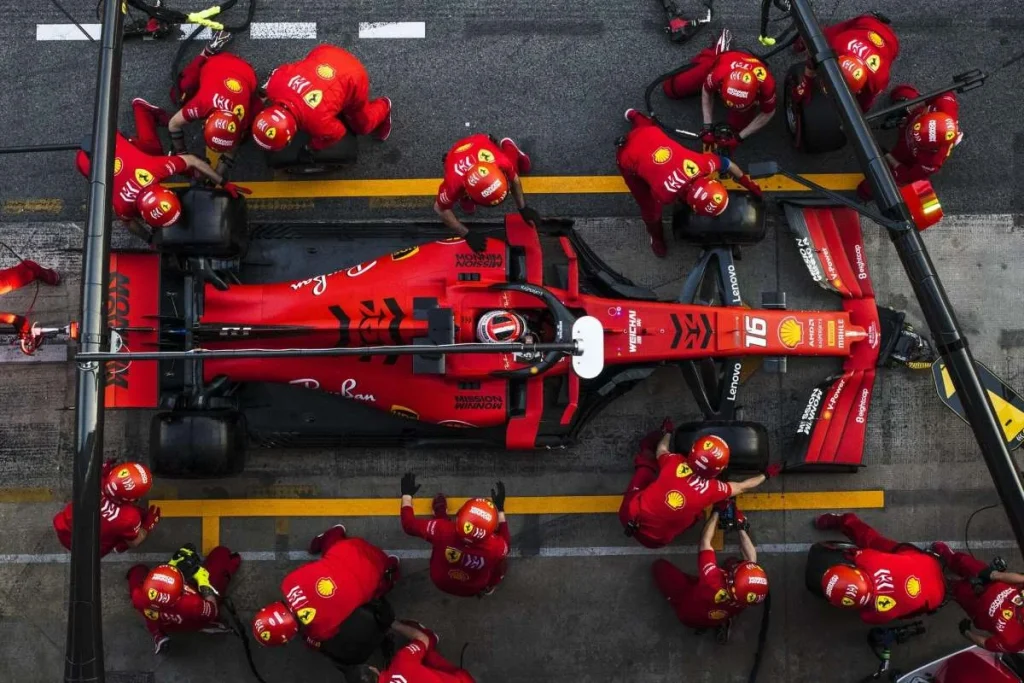
As F1 will no longer be broadcasted in the Philippines on Fox Sports starting October 1, 2021, the question then becomes: where should I watch F1 in the Philippines?
While there’s no news of online streaming services answering the call to arms as of late, one possible outlet to watch F1 in the Philippines would have to be Premier Sports, who confirmed that they will pick up the license once Fox Sports drops it.
While many people turn to online streaming sites, I want to remind everyone that a lot of these options are, in fact, illegal and should not be used.
Related Blog: Major Sporting Events to Look Forward to Now That the Olympics Is Almost Over


